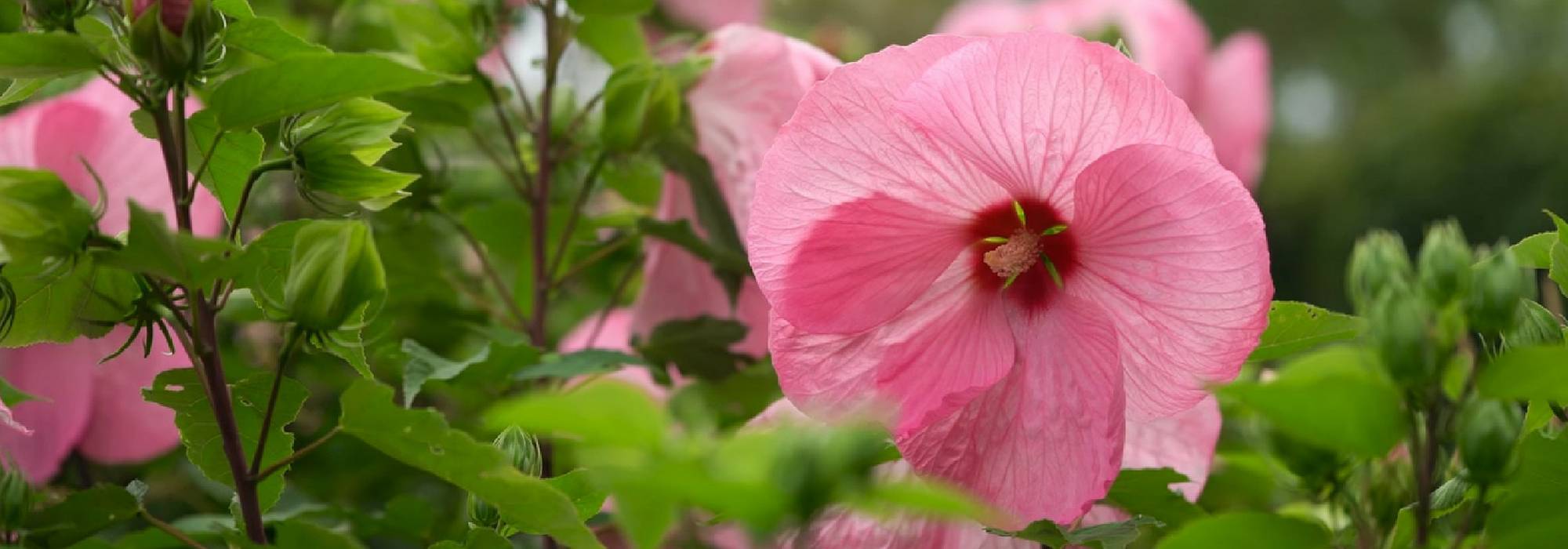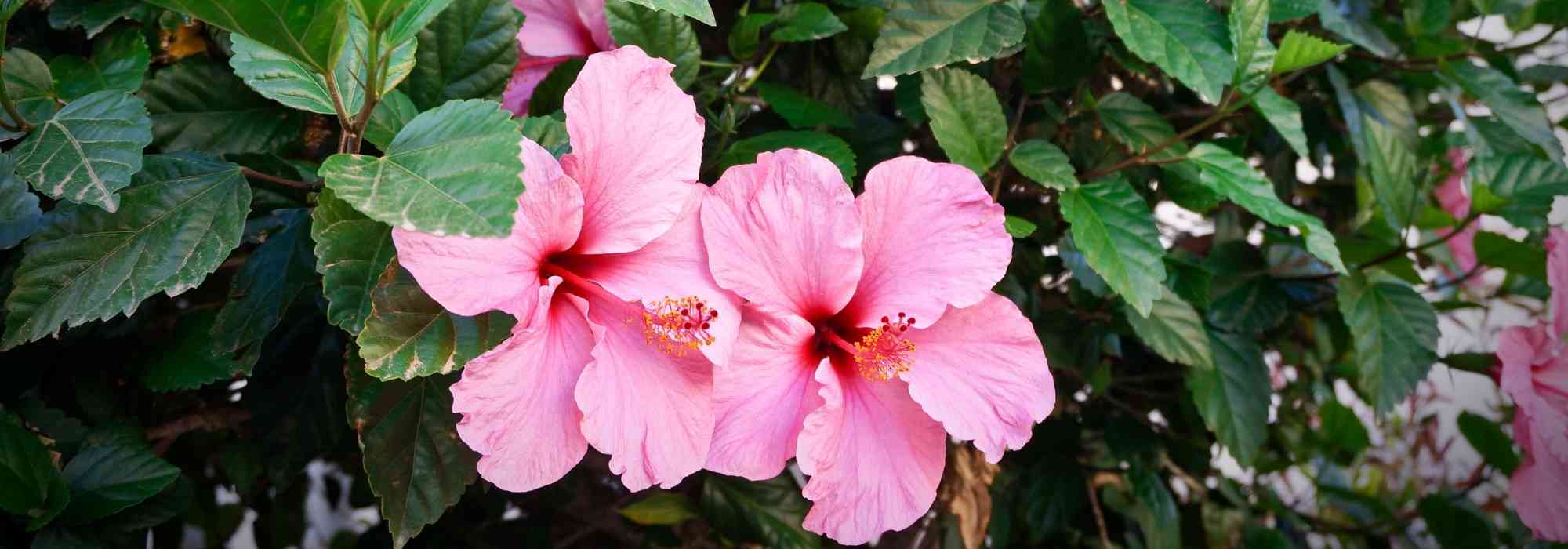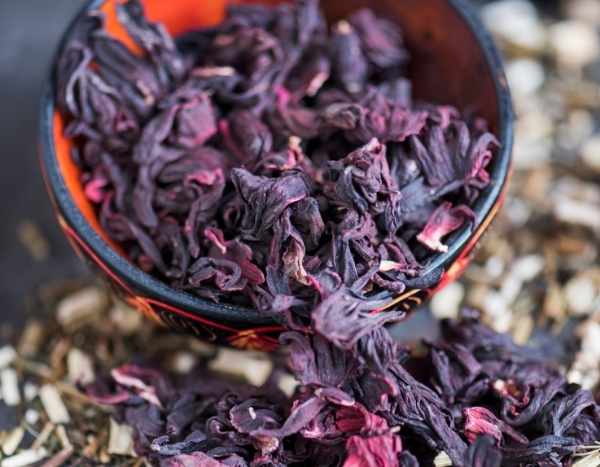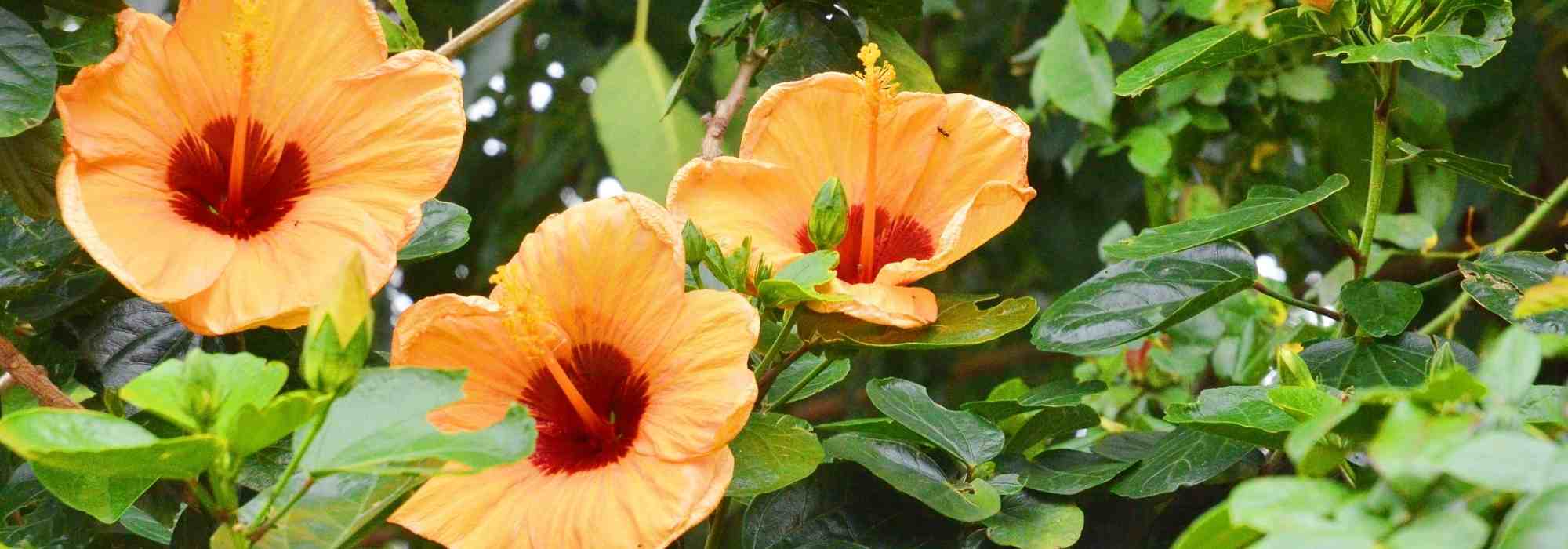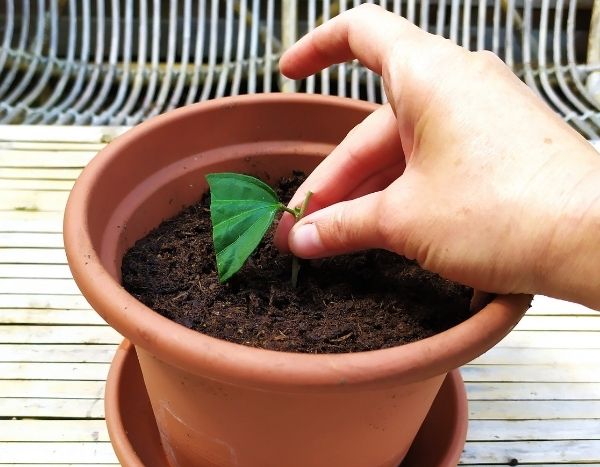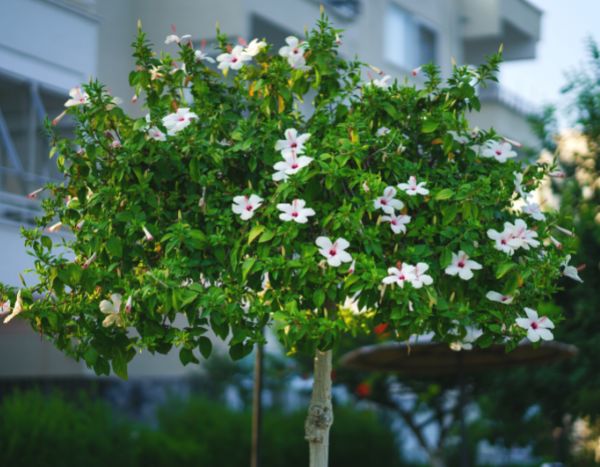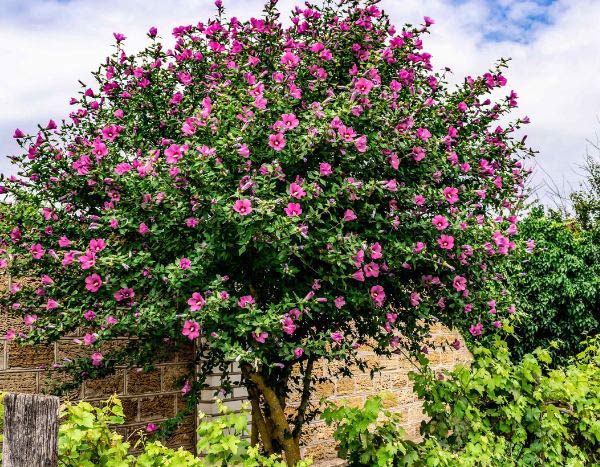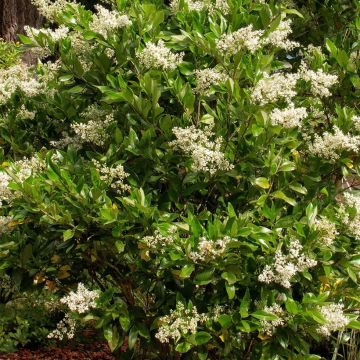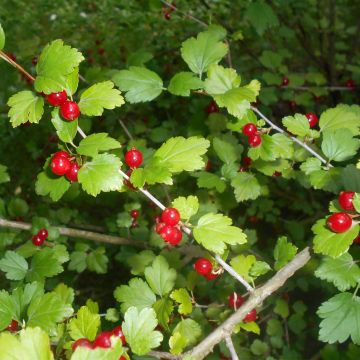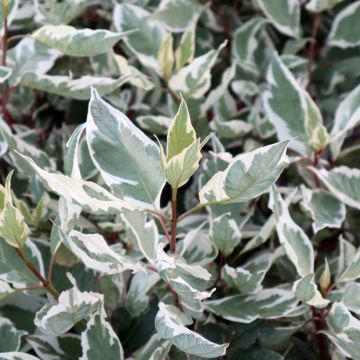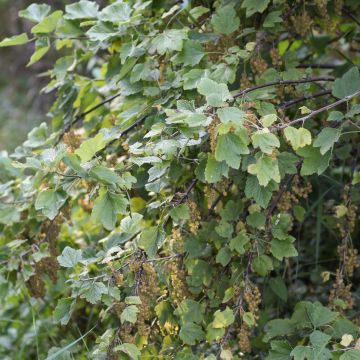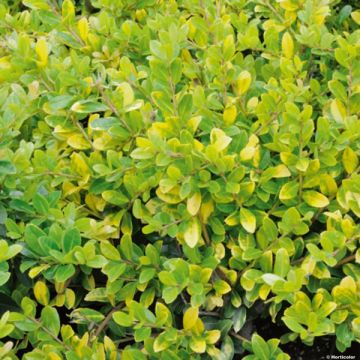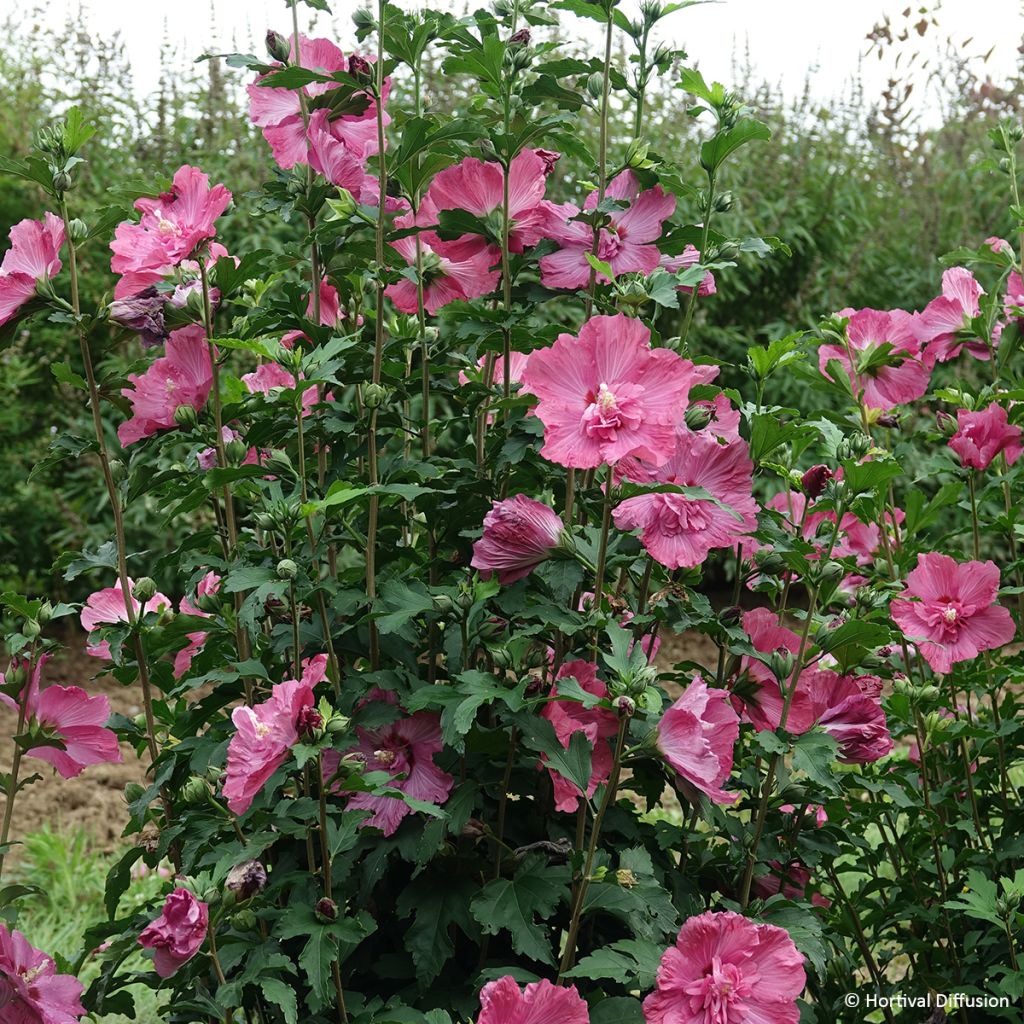

Hibiscus syriacus Pompei - Rose of Sharon
Hibiscus syriacus Pompei - Rose of Sharon
Hibiscus syriacus 'Minsygrou02' Pompei®
Common Hibiscus, Rose of Sharon, Syrian ketmia, St Joseph's rod, Garden Hibiscus
Special offer!
Receive a €20 voucher for any order over €90 (excluding delivery costs, credit notes, and plastic-free options)!
1- Add your favorite plants to your cart.
2- Once you have reached €90, confirm your order (you can even choose the delivery date!).
3- As soon as your order is shipped, you will receive an email containing your voucher code, valid for 3 months (90 days).
Your voucher is unique and can only be used once, for any order with a minimum value of €20, excluding delivery costs.
Can be combined with other current offers, non-divisible and non-refundable.
Home or relay delivery (depending on size and destination)
Schedule delivery date,
and select date in basket
This plant carries a 24 months recovery warranty
More information
We guarantee the quality of our plants for a full growing cycle, and will replace at our expense any plant that fails to recover under normal climatic and planting conditions.
Does this plant fit my garden?
Set up your Plantfit profile →
Description
Hibiscus syriacus 'Pompei' is a captivating and original variety of Rose of Sharon, remarkable for its generous and prolonged summer flowering, featuring large semi-double flowers in a ruby pink. From July to October, this well-branched bush is covered in rich colours. It fits easily in all gardens, whether small or large, as a standalone specimen, in a flowering hedge or in a border, and even in a large container on a terrace. Hardy, undemanding and easy to grow, 'Pompei' thrives in the sun, in ordinary, well-drained soil, even slightly chalky or occasionally dry, and in most climates.
Hibiscus syriacus 'Pompei' is a horticultural cultivar derived from the species Hibiscus syriacus, belonging to the Malvaceae family. Known by the common names Rose of Sharon, shrub althea, or tree mallow, this deciduous bush is native to East Asia, mainly China and Taiwan. It was introduced to Europe via Syria. The cultivar 'Pompei', selected by Hortival Diffusion in 2023, is distinguished by its large semi-double flowers with a unique colour: between deep pink and raspberry red, with depth like a ruby, the precious stone. The veined petals of the flower capture the light and enhance the textural effect. This deep pink with red reflections leans slightly towards magenta, while retaining the freshness of an intense pink.
With moderate growth, Rose of Sharon 'Pompei' has an upright and erect, well-branched habit. In the ground, it reaches about 3 metres in height and 1.5 m in width at maturity, usually in 10 years. In a pot, its size is reduced, around 1.5 to 2 m in height. It maintains a compact silhouette. The grey to light brown stems are slender with smooth bark punctuated by lenticels. The deciduous leaves appear late in spring. They are alternate, single, oval to trilobed in shape, with toothed edges and measure between 5 and 10 cm long. The foliage is medium green, turning yellow in autumn before falling. The flowering of the hibiscus 'Pompei' extends from July to October. The flowers measure 10 to 12 cm in diameter with veined, crinkled petals with a velvety texture. The centre of the corollas is occupied by a cluster of small atrophied petals. The flowers are ephemeral, but the flowering is continuous thanks to the daily production of new flower buds. The rare fruits are brown, dehiscent capsules with five valves, measuring about 2 to 3 cm long. Hibiscus syriacus 'Pompei' is hardy down to -20 °C.
Hibiscus syriacus 'Pompei' appreciates sunny and warm exposures but can tolerate light shade, particularly in southern regions. It requires little maintenance once well established. This bush will reach its full potential in well-drained soil that remains a little moist at the height of summer. It is suitable for planting a medium-height flowering hedge, alone or accompanied by other shrubby hibiscus in varied shades, hedge butterfly bushes, fragrant lilacs or mock oranges. It also makes a striking statement as a standalone specimen, or in the background of a perennial border with plants like asters, phlox or shrubby tree mallows. You can also grow it in a large container, in a rich substrate, with regular watering to enjoy its sumptuous flowering on the terrace or balcony.
Plant habit
Flowering
Foliage
Botanical data
Hibiscus
syriacus
'Minsygrou02' Pompei®
Malvaceae
Common Hibiscus, Rose of Sharon, Syrian ketmia, St Joseph's rod, Garden Hibiscus
Hibiscus syriacus 'Minsygrou02'
Cultivar or hybrid
Planting and care
Plant Hibiscus syriacus 'Pompei' in spring or autumn, in a sunny position, or even partial shade in southern regions, in deep, loose, fairly rich soil. Lime is well tolerated. Dig a large planting hole and add some compost and sand to your garden soil to improve its quality, if needed. Water thoroughly after planting. Don't worry if growth doesn't start until May; this is completely normal for this shrub.
Although rose mallows tolerate heat and occasionally dry soils, they are more beautiful and floriferous in soil that retains some moisture in summer. Mulch around the base of these generous bushes if necessary.
Planting period
Intended location
Care
Planting & care advice
This item has not been reviewed yet - be the first to leave a review about it.
Similar products
Haven't found what you were looking for?
Hardiness is the lowest winter temperature a plant can endure without suffering serious damage or even dying. However, hardiness is affected by location (a sheltered area, such as a patio), protection (winter cover) and soil type (hardiness is improved by well-drained soil).

Photo Sharing Terms & Conditions
In order to encourage gardeners to interact and share their experiences, Promesse de fleurs offers various media enabling content to be uploaded onto its Site - in particular via the ‘Photo sharing’ module.
The User agrees to refrain from:
- Posting any content that is illegal, prejudicial, insulting, racist, inciteful to hatred, revisionist, contrary to public decency, that infringes on privacy or on the privacy rights of third parties, in particular the publicity rights of persons and goods, intellectual property rights, or the right to privacy.
- Submitting content on behalf of a third party;
- Impersonate the identity of a third party and/or publish any personal information about a third party;
In general, the User undertakes to refrain from any unethical behaviour.
All Content (in particular text, comments, files, images, photos, videos, creative works, etc.), which may be subject to property or intellectual property rights, image or other private rights, shall remain the property of the User, subject to the limited rights granted by the terms of the licence granted by Promesse de fleurs as stated below. Users are at liberty to publish or not to publish such Content on the Site, notably via the ‘Photo Sharing’ facility, and accept that this Content shall be made public and freely accessible, notably on the Internet.
Users further acknowledge, undertake to have ,and guarantee that they hold all necessary rights and permissions to publish such material on the Site, in particular with regard to the legislation in force pertaining to any privacy, property, intellectual property, image, or contractual rights, or rights of any other nature. By publishing such Content on the Site, Users acknowledge accepting full liability as publishers of the Content within the meaning of the law, and grant Promesse de fleurs, free of charge, an inclusive, worldwide licence for the said Content for the entire duration of its publication, including all reproduction, representation, up/downloading, displaying, performing, transmission, and storage rights.
Users also grant permission for their name to be linked to the Content and accept that this link may not always be made available.
By engaging in posting material, Users consent to their Content becoming automatically accessible on the Internet, in particular on other sites and/or blogs and/or web pages of the Promesse de fleurs site, including in particular social pages and the Promesse de fleurs catalogue.
Users may secure the removal of entrusted content free of charge by issuing a simple request via our contact form.
The flowering period indicated on our website applies to countries and regions located in USDA zone 8 (France, the United Kingdom, Ireland, the Netherlands, etc.)
It will vary according to where you live:
- In zones 9 to 10 (Italy, Spain, Greece, etc.), flowering will occur about 2 to 4 weeks earlier.
- In zones 6 to 7 (Germany, Poland, Slovenia, and lower mountainous regions), flowering will be delayed by 2 to 3 weeks.
- In zone 5 (Central Europe, Scandinavia), blooming will be delayed by 3 to 5 weeks.
In temperate climates, pruning of spring-flowering shrubs (forsythia, spireas, etc.) should be done just after flowering.
Pruning of summer-flowering shrubs (Indian Lilac, Perovskia, etc.) can be done in winter or spring.
In cold regions as well as with frost-sensitive plants, avoid pruning too early when severe frosts may still occur.
The planting period indicated on our website applies to countries and regions located in USDA zone 8 (France, United Kingdom, Ireland, Netherlands).
It will vary according to where you live:
- In Mediterranean zones (Marseille, Madrid, Milan, etc.), autumn and winter are the best planting periods.
- In continental zones (Strasbourg, Munich, Vienna, etc.), delay planting by 2 to 3 weeks in spring and bring it forward by 2 to 4 weeks in autumn.
- In mountainous regions (the Alps, Pyrenees, Carpathians, etc.), it is best to plant in late spring (May-June) or late summer (August-September).
The harvesting period indicated on our website applies to countries and regions in USDA zone 8 (France, England, Ireland, the Netherlands).
In colder areas (Scandinavia, Poland, Austria...) fruit and vegetable harvests are likely to be delayed by 3-4 weeks.
In warmer areas (Italy, Spain, Greece, etc.), harvesting will probably take place earlier, depending on weather conditions.
The sowing periods indicated on our website apply to countries and regions within USDA Zone 8 (France, UK, Ireland, Netherlands).
In colder areas (Scandinavia, Poland, Austria...), delay any outdoor sowing by 3-4 weeks, or sow under glass.
In warmer climes (Italy, Spain, Greece, etc.), bring outdoor sowing forward by a few weeks.






























